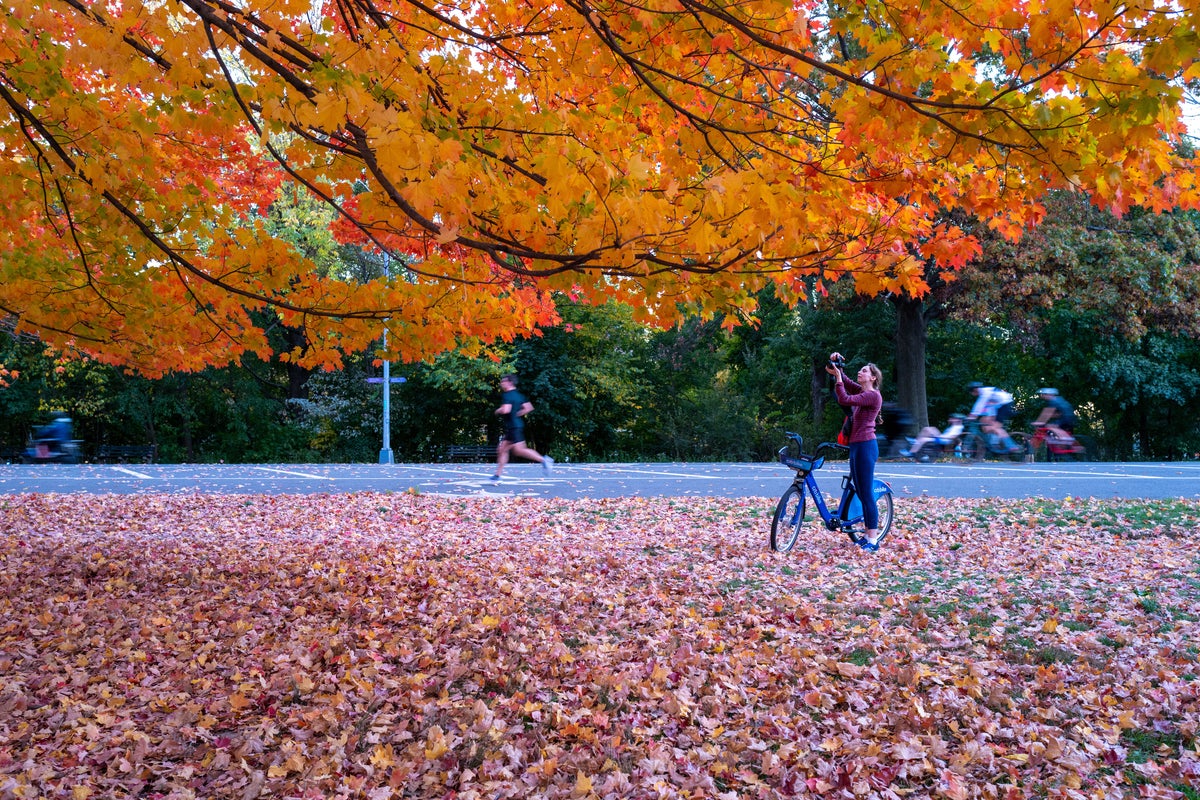
Leaf-peeping time is already underway in some parts of the country.
The first signs of fall have been reported in Alaska and New York, according to a new outlook from the Farmer’s Almanac.
And in Colorado, warmer and drier conditions have caused some trees to change color earlier than usual.
“We tend to not see the color change so early; it tends to wait sometimes a little bit later because the trees just have a little bit more vibrancy in them. Right now, because they’re so dry, they’re going ahead and starting that process of changing their color,” KJCT Chief Meteorologist Stephen Bowers said.
Fall doesn’t officially start until September 22, marking the autumnal equinox. But, changes in leaves can occur earlier in specific types of trees, such as birch and aspen, according to Fox Weather.
When to view
This year, changes begin now until mid-September in northern and western states, according to the Almanac. This includes Maine, Massachusetts, Michigan, Minnesota, and Montana.
By late September, the Midwest region should see leaves turn. But, blink and you’ll miss it! “By October 4, the leaves in some areas will be past their prime,” the Almanac warns.
By mid-October, much of New England and the Pacific Northwest will be at or near peak fall color.
For residents of the Blue Ridge Mountains and surrounding areas of the eastern U.S., mid-October is the best bet.
“Typically, the second and third week of October are the peak times, but prime foliage schedules will shift depending on where you live and your local weather conditions,” the Almanac said.
Where to go
New England, the Northeast, and the Southeast are some of the best places to view fall foliage, including the Adirondack and Smoky Mountains, the Blue Ridge Parkway, and Acadia National Park.
If you plan to travel, note that while peak foliage usually lasts between a week and 10 days, the window can shift with the weather.
What else to know
The leaves change color as the weather turns cold as trees stopping producing the chemical to keep them green. But it doesn’t happen in every species, mainly deciduous trees like oak, birch, and beech.
Climate change is altering the timings, warming fall nights and delaying the season.
“Cool nights, sunny days, and moderate rainfall produce the most vibrant colors. Heavy rain, strong winds, or early frost can shorten the season,” the Almanac noted.
While it’s expected to be a cool and dry fall for the Northeast and Midwest, much of the western and southern states are in for warmer season, its forecast shows.
Taking photos
People in northern states should be prepared to head out soon to enjoy the display and snap any photos.
“For photography, morning light creates softer colors with less glare, while late afternoon light adds warmth and depth to red and orange hues,” the Almanac advises.
